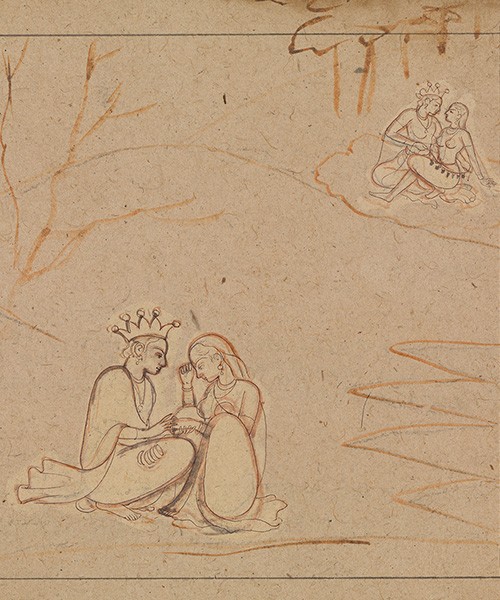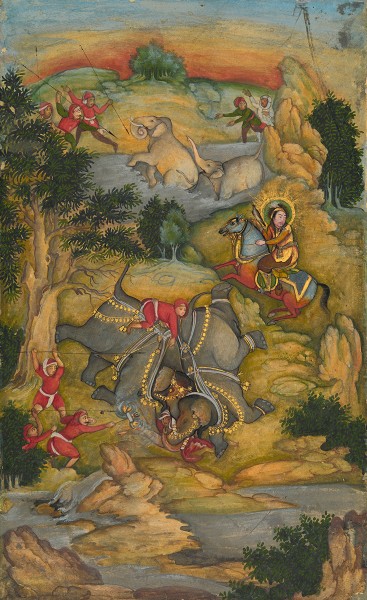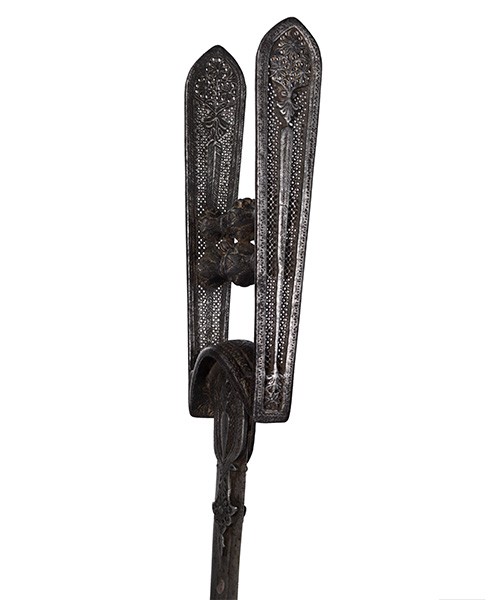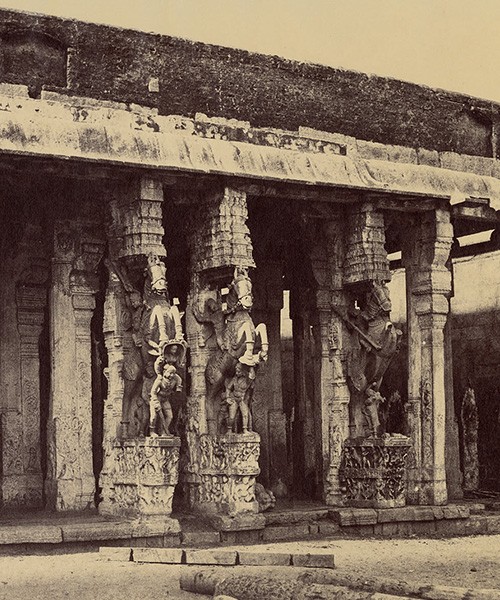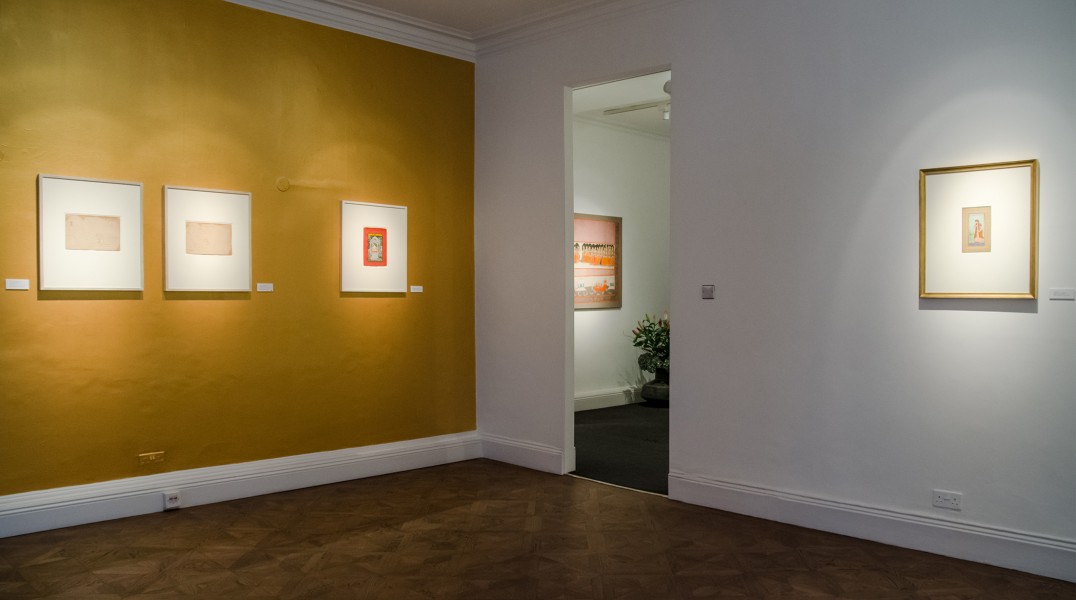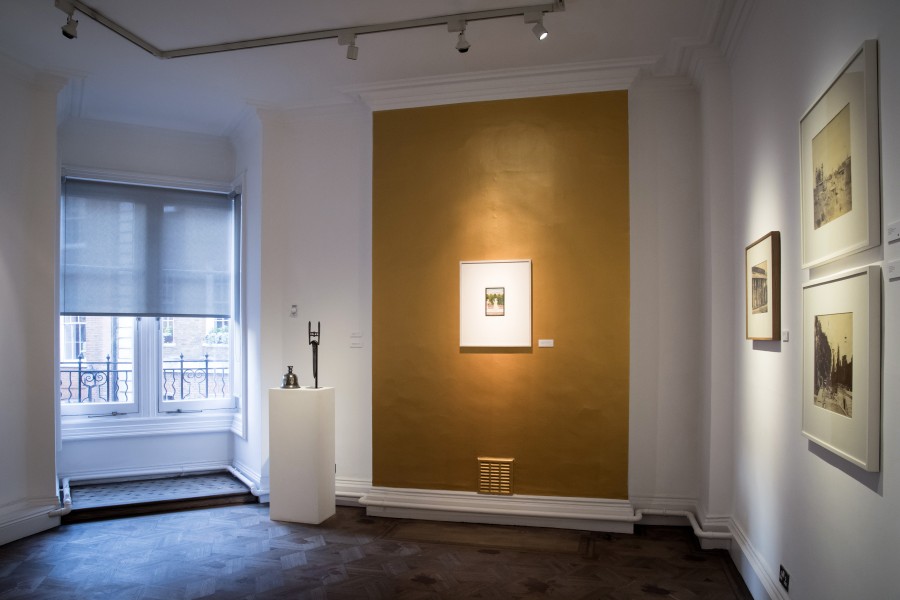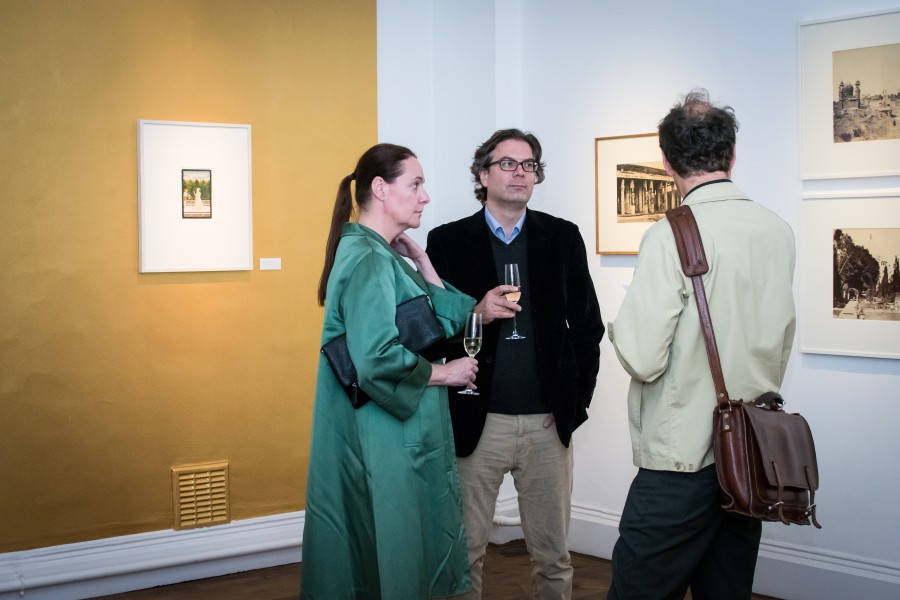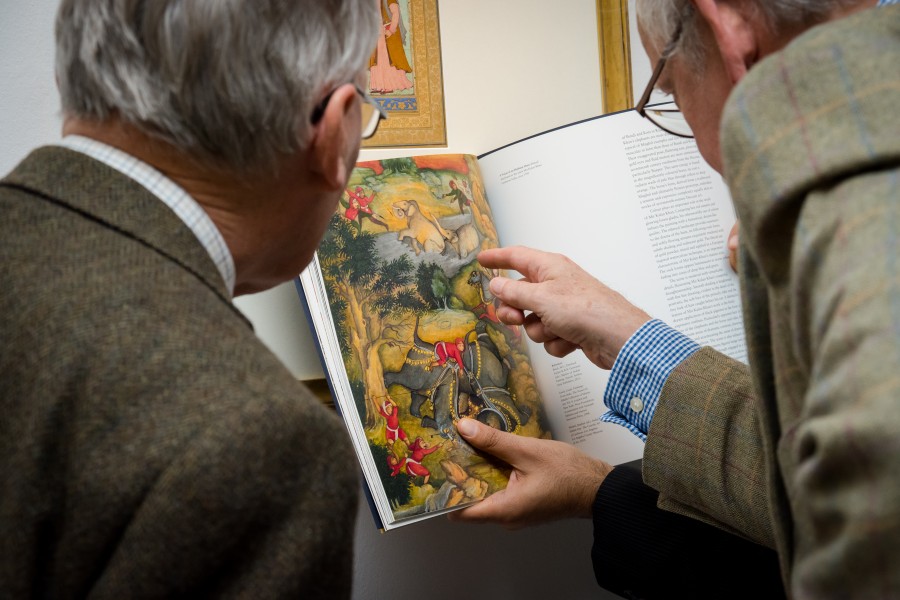Pigment, Form and Light: The Arts of India 1550-1900
2nd October, 2015 - 14th November, 2015
On the occasion of Islamic and Indian art Week in London, Prahlad Bubbar presents a fine selection of classical Indian paintings, court objects and early photographs of India. Together they provide a rare glimpse of court life in the Subcontinent.
India’s visual identity rests on its colours and pigments. Artists and artisans for millennia have mastered the art of making the most varied, subtle, vibrant and otherworldly colours. The exhibition explores the world of pigments and light through the best examples of Mughal, Rajput and Company paintings. The pervasive symbolism of light is also examined through courtly objects and later with the advent of photography light is the key ingredient for this revolutionary medium.
An imperial portrait of the poet Jami, made for the Emperor Jehangir, Circa 1605-10 displays a masterful line and refined palette, the artist Keshav Das here achieves a rare expressiveness. Three exquisite Ragamala paintings, abstracted depictions of musical modes, from the Northern Deccan and Bundi demonstrate the sensitivity and vividness of Central Indian, Rajput painting, executed in vibrant colours with rich expanses of gold and lush foliage.
A key group of works in the current exhibition come from the luxuriant Indo-Islamic courts of Lucknow and Hyderabad of the 18th century and Mughal Delhi of the early 19th century and were commissioned by Europeans living in India. These are testimonies of an elegant, hybrid culture of tolerance, intellectual curiosity and romance. These include a ‘Vison of an Elephant Hunt’ by the acclaimed painter Mir Kalan Khan of Lucknow, a fantasy evoking the sublime and the symbolic with a highly innovative and original use of colour. An idyll of tranquility and paradise is found in the image of ‘Shalimar Garden’ in Kashmir, a large refined album page made for Antoine Polier, a Swiss adventurer in India in the 1780s. A restrained and acutely observed leaf from the famous Fraser album depicts an Afghan couple with a child painted for the British resident in Delhi circa 1820.
Exquisite and opulent forms are seen in the court objects of daily use and ritual, often embellished with silver and gold to catch the light. A classic huqqa base, an early ewer of purist design, and a Katar dagger with pierced decoration from the Deccan are classic examples included in the show.
The exhibition concludes with a group of photographic works by two early practitioners of this art in India, Captain Linnaeus Tripe and Dr John Murray who explored the architecture of India with great accuracy and artistic flair between 1855-60.
Prahlad Bubbar is a dealer and consultant of Indian and Islamic art based in London. He is a specialist in Indian painting and has placed works of historical importance and great beauty in leading museums and private collections around the world. He holds regular exhibitions at his gallery in Mayfair accompanied by publications that receive widespread critical acclaim.
All works are for sale.
Pigment, Form and Light: The Arts of India 1550-1900
2 October to 14 November 2015
Monday to Friday: 10.00 – 18.00
Saturday, 7 November: 10.00 – 18.00
Sunday, 8 November: 10.00 – 17.00
Monday, 9 November: 10.00 – 21.00
Saturday, 14 November: by appointment
Prahlad Bubbar Ltd, 33 Cork Street, London, W1S 3NQ
+44 (0)20 7494 3144| www.prahladbubbar.com | info@prahladbubbar.com


